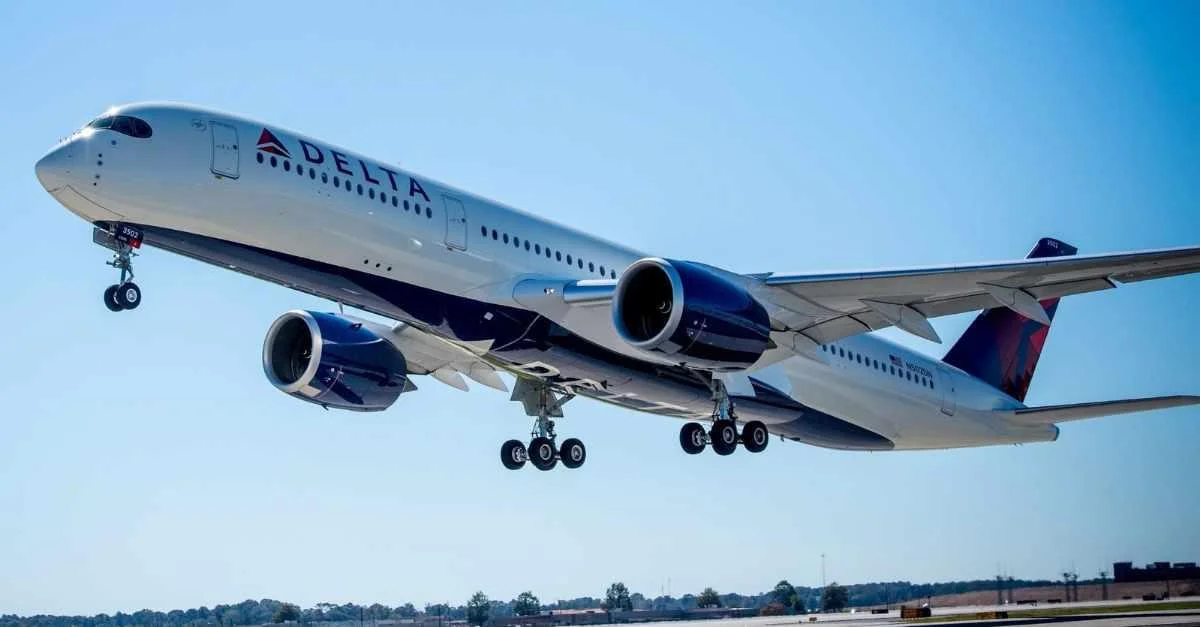The Trident's approach was notable for its self-contained navigation capability at a time when many aircraft relied on external ground stations. This system marked the first in-flight moving map using airborne "speed cameras."
Digitalization has since enhanced flight path viewing from grainy overhead displays to high-resolution seat-back screens. Early mechanical setups transitioned into compact projected map systems with data overlay capabilities combining location information with weather patterns and route details.
According to Panasonic Avionics blog: “It was video distributed to the screens. It was a very simple map; you only needed 210 map tiles to cover the entire world in four basic map resolutions.”
Developers introduced user interactivity through digital solutions allowing passengers to zoom, pan, and toggle between perspectives—extending functionality to personal devices via onboard Wi-Fi or local networks.
Rosen Aviation explains: “The Global Navigation Satellite Systems (GNSS), which includes the 31 Global Position System (GPS) satellites, sit in medium Earth orbit transmitting radio signals.” These constellations form the backbone of external infrastructure supporting in-flight maps.
Airlines often supplement seat-back screens with official apps running on smartphones and tablets channeling GNSS data through an aircraft’s management system for near-instant updates on heading, altitude, and speed.
Collins Aerospace notes: “Airshow moving maps have set the standard for real-time flight information for more than 30 years.”
FlightPath3D integrates location-based data into platforms stating it is "the largest global provider of inflight moving map solutions for the airline industry."
Recent developments show how market landscapes have grown from static views into dynamic interfaces responding to user preferences while airlines partner with developers adding interactive videos alongside promotional content for connecting flights or accommodations.
Panasonic Avionics ARC states: “Arc harnesses 3D technology to place travelers in an immersive environment that goes far beyond a generic route display.”
Maps are now integral within broader Inflight Entertainment (IFE) ecosystems including movies or games enhancing passenger experiences as airlines meet demand during economic downturns exploring safer contactless solutions post-pandemic by upgrading IFE systems integrating cockpit-cabin data soaring adoption rates due expanded materials reducing hardware weight-size enabling sophisticated equipment providing status updates safety information multimedia entertainment latest offerings
Duncan Jackson president FlightPath3D emphasizes their importance saying "Maps aren’t just popular—they’re indispensable."
 Alerts Sign-up
Alerts Sign-up























